

This guide provides comprehensive information on selecting the best exterior wood screws for various outdoor projects. We'll cover different types, materials, sizes, and considerations to ensure durability and longevity in various weather conditions. Learn how to choose the right screws for decks, fences, siding, and more, preventing costly repairs down the line.
Exterior wood screws made from stainless steel offer superior corrosion resistance, making them ideal for harsh weather conditions. Different grades of stainless steel (like 304 and 316) offer varying levels of protection. 316 stainless steel is generally preferred for coastal areas or environments with high salinity due to its enhanced resistance to chloride corrosion. While more expensive than other options, their longevity makes them a worthwhile investment for long-term projects. You can find a wide range of stainless steel exterior wood screws at various hardware stores and online retailers.
Galvanized exterior wood screws are coated with zinc, providing a protective layer against rust and corrosion. This process enhances their lifespan compared to uncoated screws, but they are not as resistant as stainless steel, particularly in extremely harsh environments. They represent a cost-effective alternative to stainless steel for many outdoor applications. The thickness of the zinc coating affects the screw's longevity – thicker coatings offer better protection.
While less common for truly exterior applications, some exterior wood screws may be made from other materials like brass or coated with other corrosion-resistant finishes. However, stainless steel and galvanized screws remain the most prevalent and reliable choices for long-lasting outdoor projects.
The size and type of exterior wood screws you choose will depend heavily on the project. Factors to consider include the type of wood, the thickness of the materials being joined, and the expected stress on the joint.
The screw should be long enough to penetrate sufficiently into the supporting wood member. A general rule of thumb is to have at least 1 inch of penetration into the receiving wood. For thicker materials or higher stress applications, you will need longer exterior wood screws.
The diameter of the screw should be appropriately sized for the wood being used. Too small a diameter may result in splitting, while too large a diameter may create excessive holes and weaken the joint. Always consult manufacturer recommendations for the best diameter for your specific wood type and screw length.
Various head styles are available, each with its own advantages and disadvantages. Common types include:
Proper installation is crucial for the longevity of your project. Always pre-drill pilot holes, especially for harder woods, to prevent splitting. Use a screwdriver with a fitting bit to avoid damaging the screw head. For difficult-to-reach areas, consider using a magnetic bit holder for easier screw placement. Remember to check your screw's recommended torque to avoid over-tightening and damaging the wood.
For a wide selection of high-quality exterior wood screws, consider checking out reputable suppliers both online and at your local hardware stores. Remember to carefully consider the material, size, and type to ensure the screws are appropriate for your specific project. We recommend researching various brands and reading customer reviews to find the best option for your needs. [For high-quality materials and reliable sourcing, you might consider contacting Hebei Muyi Import&Export Trading Co.,Ltd https://www.muyi-trading.com/.]
| Screw Material | Corrosion Resistance | Cost | Typical Applications |
|---|---|---|---|
| Stainless Steel (316) | Excellent | High | Coastal areas, high-humidity environments |
| Stainless Steel (304) | Good | Medium | Most outdoor applications |
| Galvanized | Moderate | Low | General outdoor use |

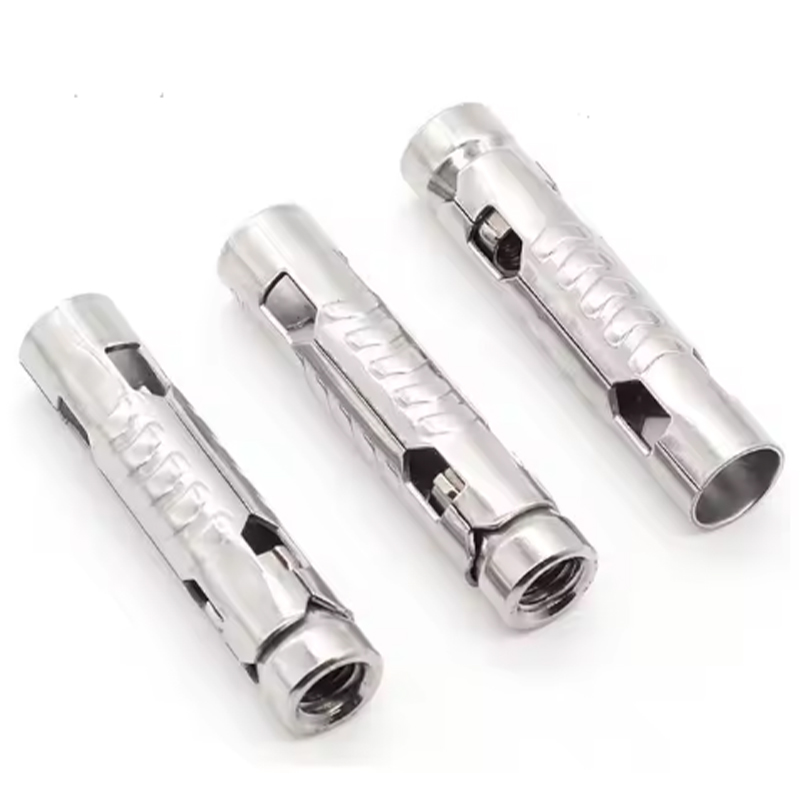
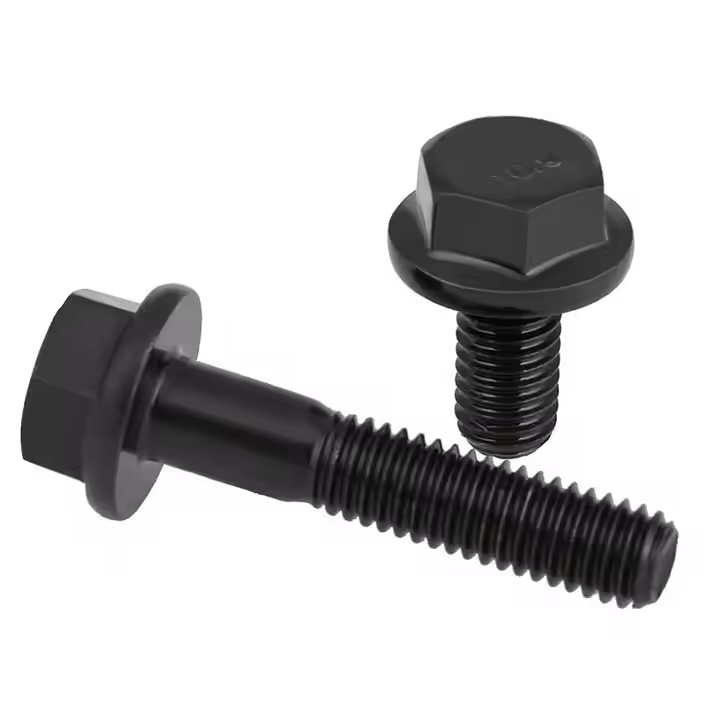

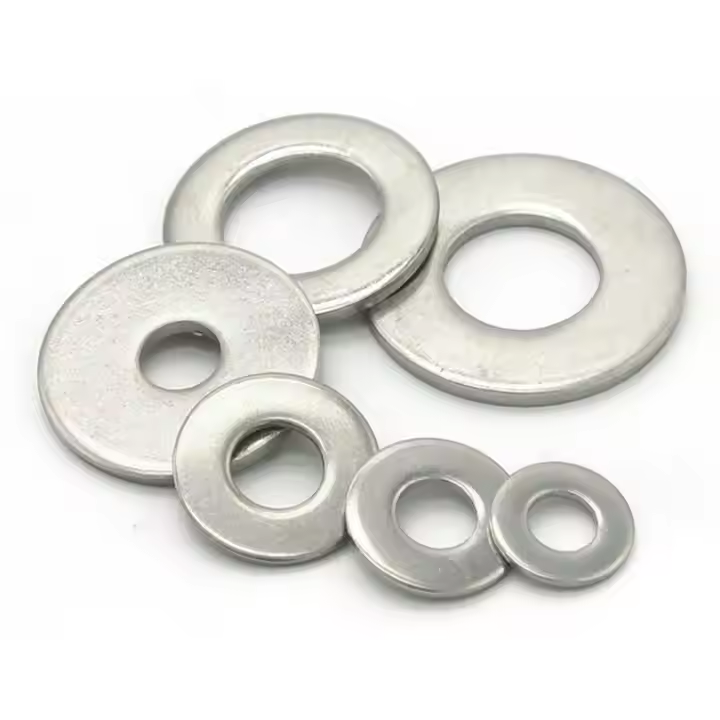


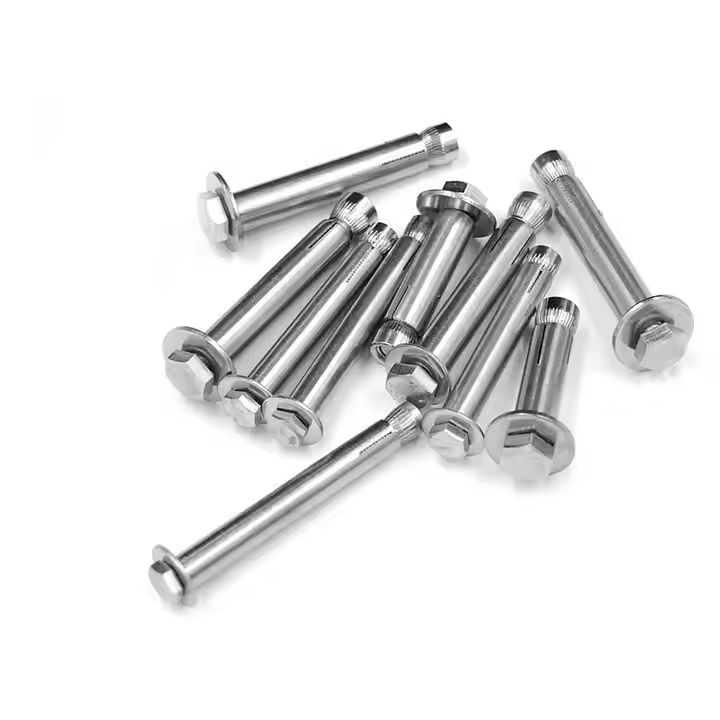
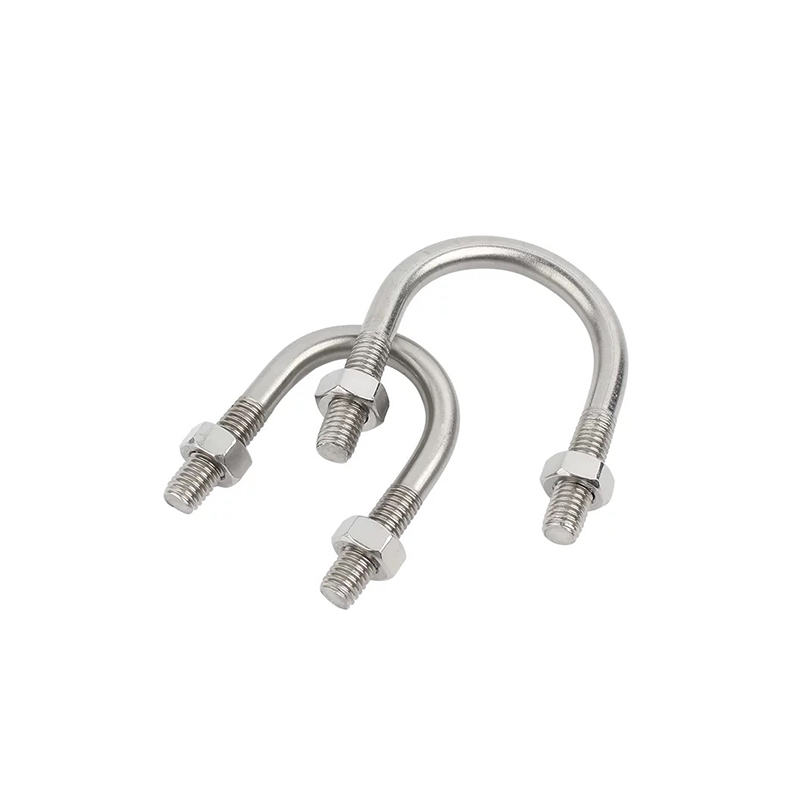
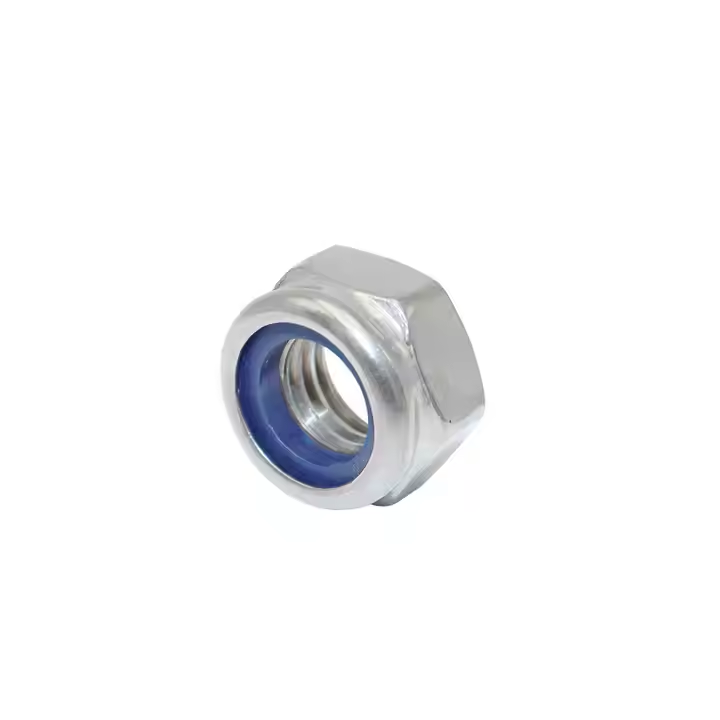


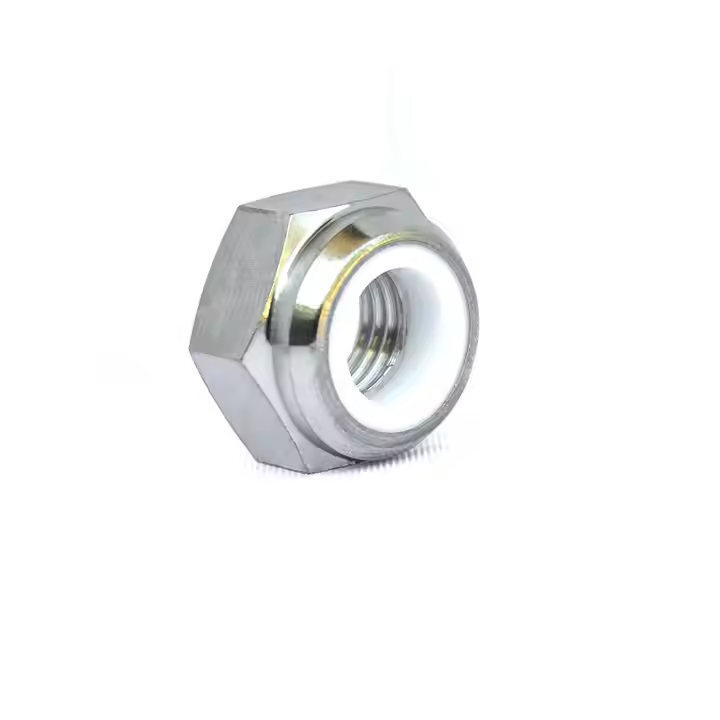
Please enter your email address and we will reply to your email.